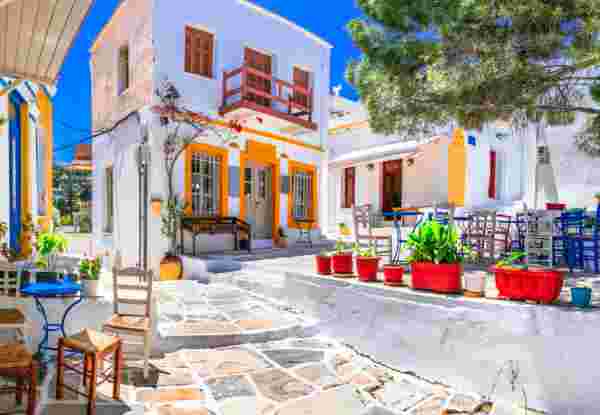Rethymno: Crete’s Dolphin City
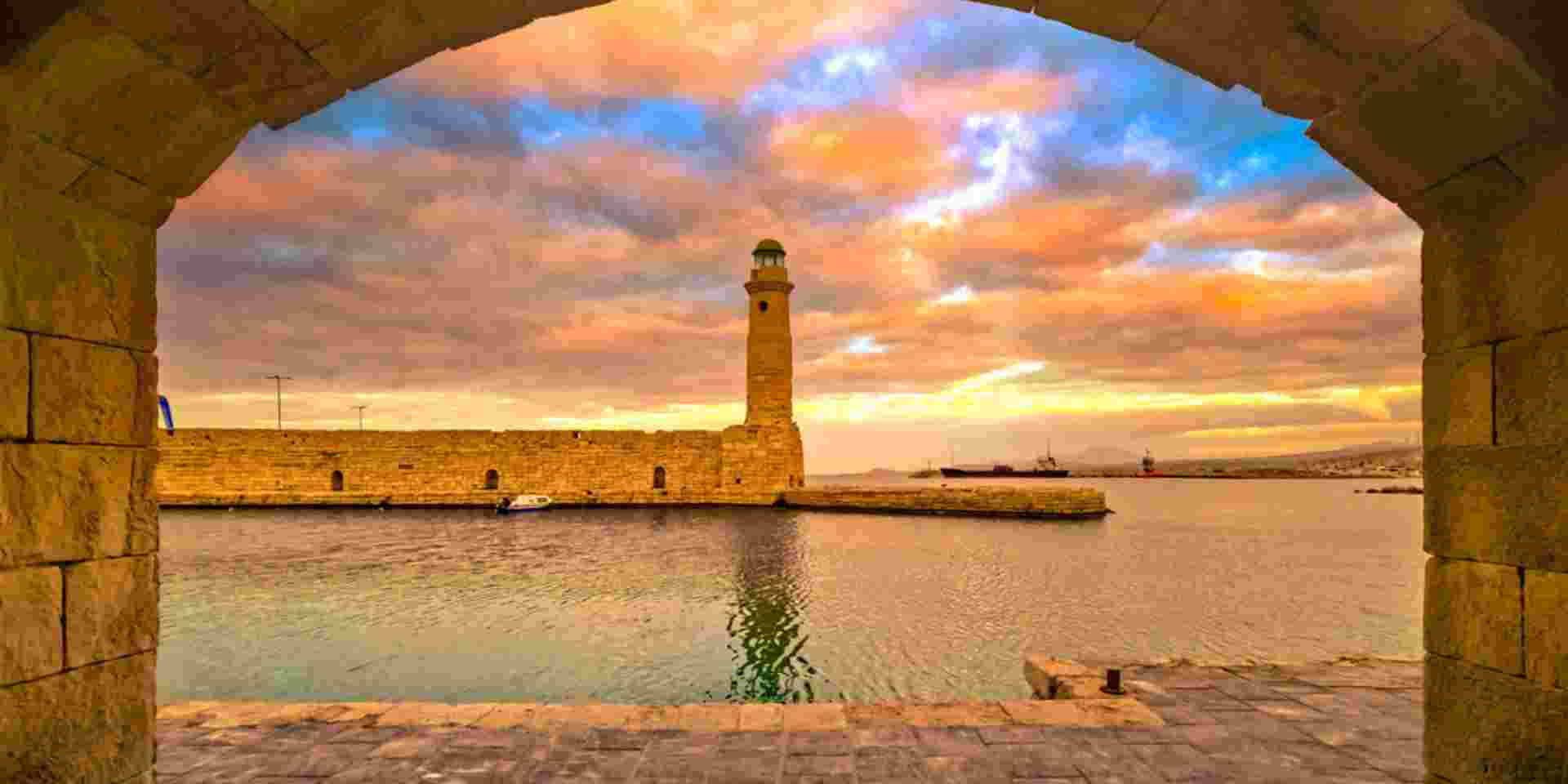
With a Venetian aroma, beautiful beaches, picturesque villages, breathtaking natural wealth, and a city that delights the eyes, Rethymno is a very exciting destination, where the old “fights” with the new and the authentic with the mainstream.
Before we get into uncovering the beloved town of Rethymno in Crete, email us your request at hello@greeceinsiders.travel and one of our expert travel designers will get back to you with the best ways to experience Rethymno as well as the quaintest accommodation suggestions. Or, visit our website here and get inspired by our trips!

Rethymno Overview
“A good beast that has its feet in the water and has no heart to drag them any further.” This is how the writer Pantelis Prevelakis likens Rethymno, a city fortunate enough not to be destroyed by earthquakes like other Cretan cities, and thus to save most of the medieval palaces of the Venetian and Cretan lords. A city that struggles to keep intact its authentic character despite the leveling of tourism that Crete is experiencing. Rethymno, although it offers the “services” that everyone expects from a summer destination, manages and keeps its many small and magical secrets for a select few. With a little willpower, you too can discover them, spending the most beautiful summer moments of your life.
History of Rethymno
The city of Rethymno stretches in the center of the northern beach of Crete behind the castle and the homonymous hill of Fortezza. It is located on the site of the ancient city of Rithymna and is divided into the Old and the New city, while next to it stretches the waterfront of Venizelos, the Ruga Maistra of the Venetians. In an open curve and with a large width, with rows of trees, palm trees, and various entertainment centers and cafes, it is the place that gathers the most tourist traffic.
In the center of the city, the minarets of the Neradze, are preserved almost intact, signs of the long Turkish occupation. Rethymno begins to acquire the character of a city during the period of the Venetian rule, during which the Venetians, as rulers of the sea, needed a port at this point for the galleys that sailed from Khandaka (today’s Heraklion) to Chania. Therefore, they built Mantraki, in the eastern part of the Fortezza, establishing there the administrative part of the region. By the end of the 16th century, Rethymno was already a city with a population of 5,500 inhabitants.
Four centuries later, Rethymno experienced economic and spiritual prosperity. However, many disasters too. The city fell into the hands of the Turks in 1646 until the liberation of the island in 1898. In Rethymno, distinguished men of letters such as the Hatzidakis brothers, and Pantelis Prevelakis, while some of the golden pages of the Battle of Crete were written here. It’s a “living” postcard, with aromas of the Cretan cuisine and melodies from the Cretan Lyra.

Sights to Visit in Rethymno
Fortezza
The undisputed jewel of Rethymno for centuries, the fortress of Fortezza keeps the interest of visitors undiminished. The main buildings included in the interior of the fortress are the artillery depot. There, they kept the cannons and armaments. The residence of the Councilors where one of the two Venetian Councilors of the city resided. Furthermore, the Rector’s residence is a luxurious and majestic building in the central square of the fortress.
To the west of the central square of Fortezza, opposite the cathedral, is the building complex of the Rector’s residence. A part of which is preserved to this day. The building was founded in 1575 and its construction was completed in 1582. It was inaugurated during his stay by the rector Anzolo Barocci, who continued to make alterations until 1584. The reason being he thought it particularly high and exposed on the hill of Agios Athanasios. Its imposingness and luxe are in the documents of the time. It is stated that it had 49 doors, 81 windows, two staircases, and many balconies.
The Venetian Harbor
Whether you like crowds or not, a walk from the city’s Venetian harbor will do. This area, with dozens of cafes and people of all ages, is where all the action is. Enjoy your coffee in one of the dozens of trendy shops. Lunch in one of the fish taverns with tables on the waterfront. A little further, in Plastira Square, the heart of the evening entertainment beats. Here, young people have fun until morning under the sounds of dance, but also mainstream music.
Mosques
While walking through this fairytale of a city, admire the Turkish buildings, such as the Neratzes mosque, the largest in the city, the Kara Musa Pasha Mosque where the Ephorate of Byzantine Antiquities is based, and the Turkish school.
Museums of Rethymno
The Archaeological Museum of Rethymno and the Historical Folklore Museum are two unique opportunities to get to know the history of Rethymno in all periods, the achievements, and the lifestyle of its inhabitants.
Churches and Monasteries
They built many churches and monasteries in the prefecture of Rethymno both during the early Christian and Byzantine periods. The Byzantine churches are around 300 and the monasteries at around 30. We singled out Agios Eutychios in Chromonastiri, which is 12 km from Rethymno, at the site of Perdiki Metochi, the Early Christian Basilica of Panormos, which is located at a distance of 30 km east of Rethymno, and the Virgin Mary on the Throne, which was built over an early Christian Basilica of the 6th AD. century, part of its mosaic floors has been uncovered.
Beautiful Natural Sights of Rethymno
The natural beauties of Rethymno are probably the best “sites” you could visit. The wild mountainous landscape alternates with fertile plains and imposing rocky coasts with endless sandy beaches. At the mouth of the Great River, where the famous Kourtaliotiko gorge ends with imposing slopes that reach 600 meters, is the famous beach of Prevelis.
Finally, you can also visit the beautiful lake of Kournas, a unique natural lake (the second in the prefecture after the lake of Prevelis), created by the blocking of underground water, which descends from the volume of the White Mountains. In the place of this lake, according to the legend, there was a village, which sank and became the lake. In the past, many residents claimed to see a daughter sitting on a rock in the middle of the lake. Legend has it that she was combing her long blonde hair.

Beaches of Rethymno
Avoid the busy and overcrowded beach of Rethymno and dive into the beautiful beaches outside the city walls. The best are in the south. At a distance of 38 km from Rethymno, just before the historic Preveli Monastery, following a dirt road that reaches a point and then walking for about 15 minutes, you will reach the sandy beach with palm trees, right at the mouth of the Kourtaliotis River. Furthermore, to the south is the stunning sandy beach of Agios Pavlos with its dunes. On the beach of Plakias, you will find rich infrastructure and water sports for every taste. While the sandy beach of Triopetra is suitable for those who want to avoid crowds. Finally, dive into the crystal-clear beaches of Agia Galini, but also in Ammoudi, where you will probably find several nudists since it is particularly deserted and without infrastructure.
Where to Wine and Dine
- Kostas in Ag. Galini for stews.
- In the village of Kournas where the lake is located, ask about Kali Kardia Tavern. Great meat and local delicacies await you there.
- In Goulediana, on the road to Pili near the village of Kares, be sure to eat at Taverna Goules. Small and unknown to many people, they serve delicious Cretan dishes.
- In the city of Rethymno, at Avli, at Vassilis fish tavern, at Othonas for traditional as well as modern flavors and organic wine.
Feeling Ready?
From our blog
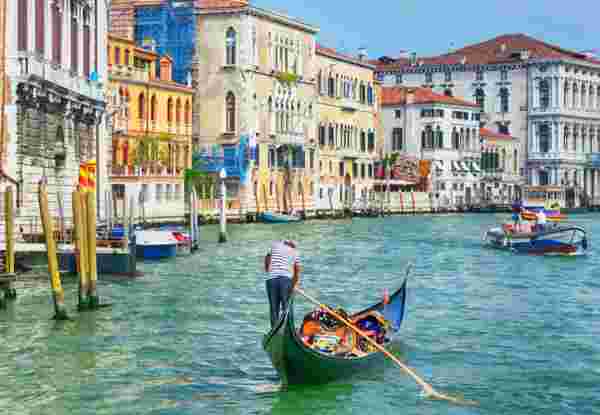
Exploring Venice and Its Canals
READ MORE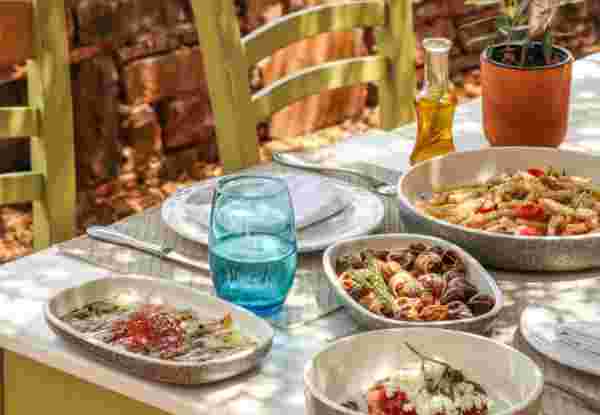
Crete for Seniors: A Complete Guide
READ MORE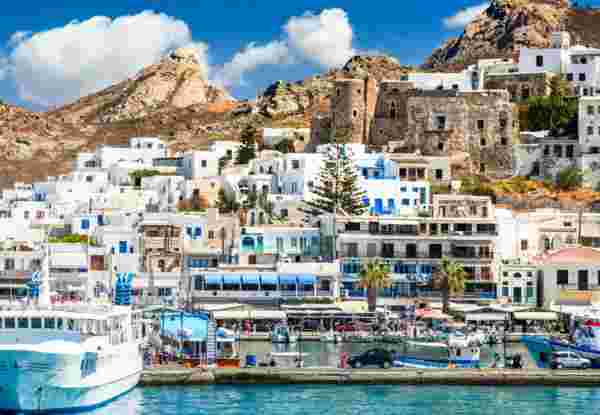
How to Explore Naxos for Seniors
READ MORE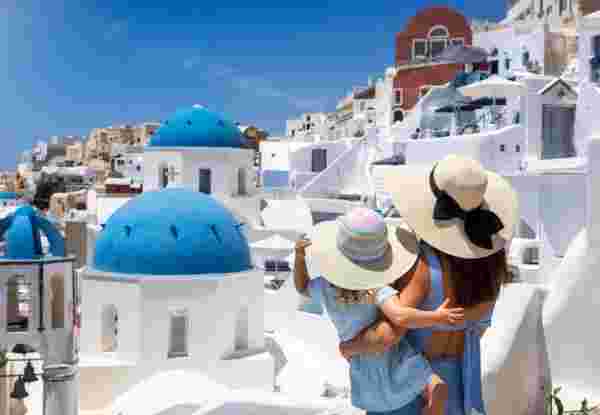
Why Visit Santorini with Kids: A Fun Family Guide
READ MORE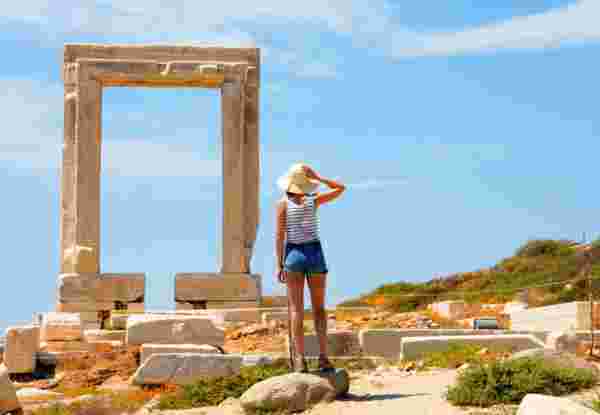
Honeymoon in Naxos: A Complete Guide
READ MORE
Visiting Athens with Kids: A helpful Guide
READ MORE
Paros for Seniors: Tips and Itinerary
READ MORE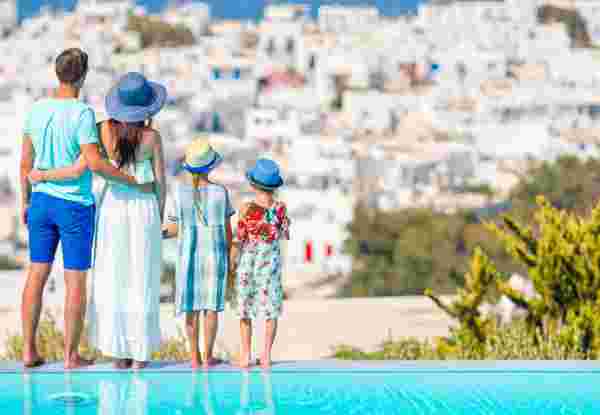
Best Resorts in Greece for Families: Your Ultimate 2025 Guide
READ MORE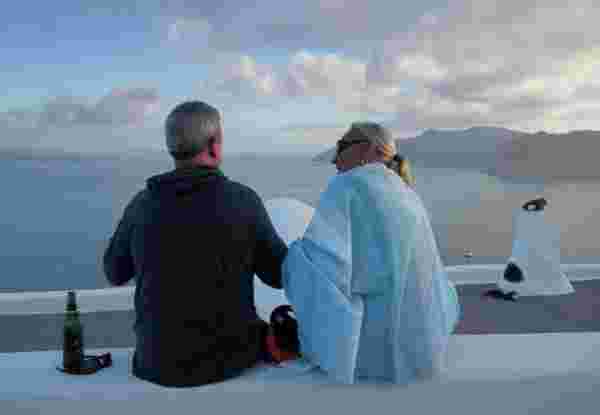
How to Enjoy Santorini for Seniors
READ MORE